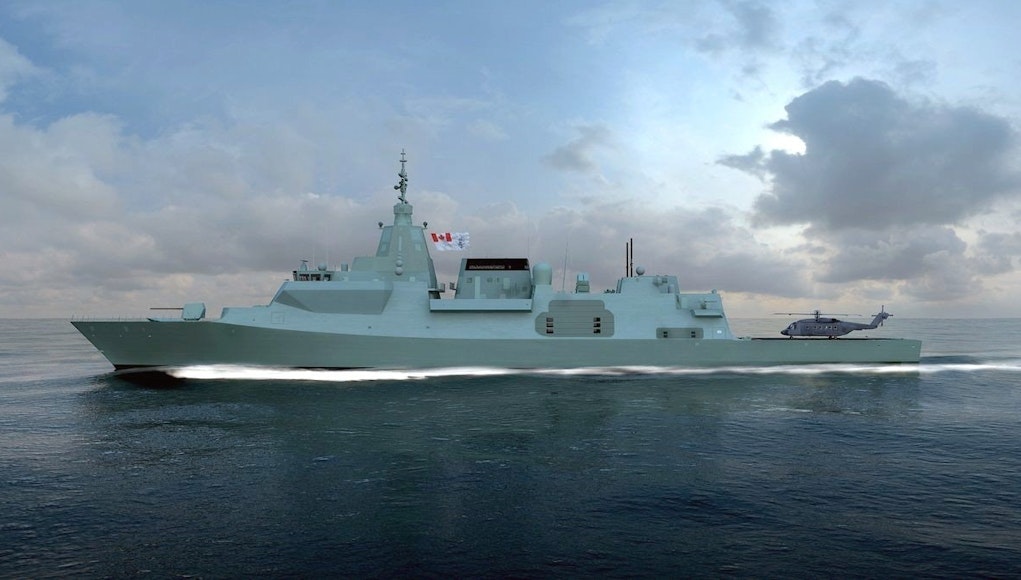And NZ has history with Australia with the ANZAC. History does not necessarily result in continuing relationship. It will come down to what is required and how it is to be maintained.Actually will be interesting, According to a 2010 NZDR there Anzac's would be replaced around 2030 a time when Australia, Canada and the UK should all be full tilt in production of there Type 26's.
In regards to cost savings well there is no major change in time between ships for Australia and Canada so I don't see that having an effect for either beyond bringing the shipbuilding cost down to a standard level but it wont make one cheaper then the other. Canada has history with the upgrading of NZ's 2 Anzacs they might be able to leverage but Australia also built those 2 ships below cost while giving NZ industry work, Similar could play out again.
The latter could be interesting.

